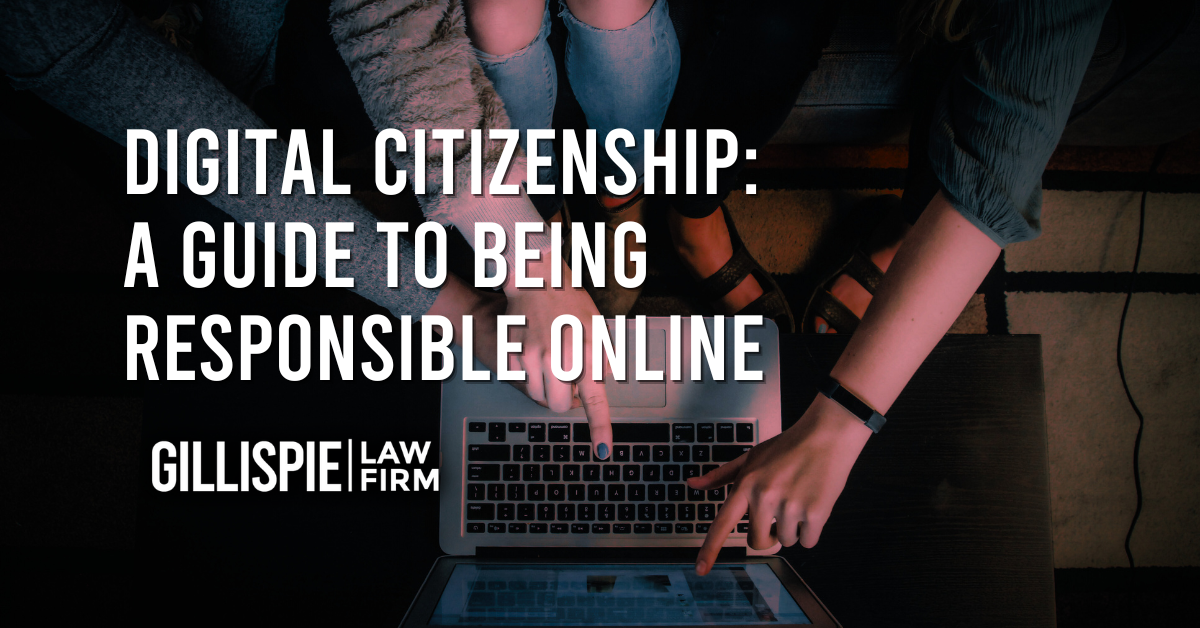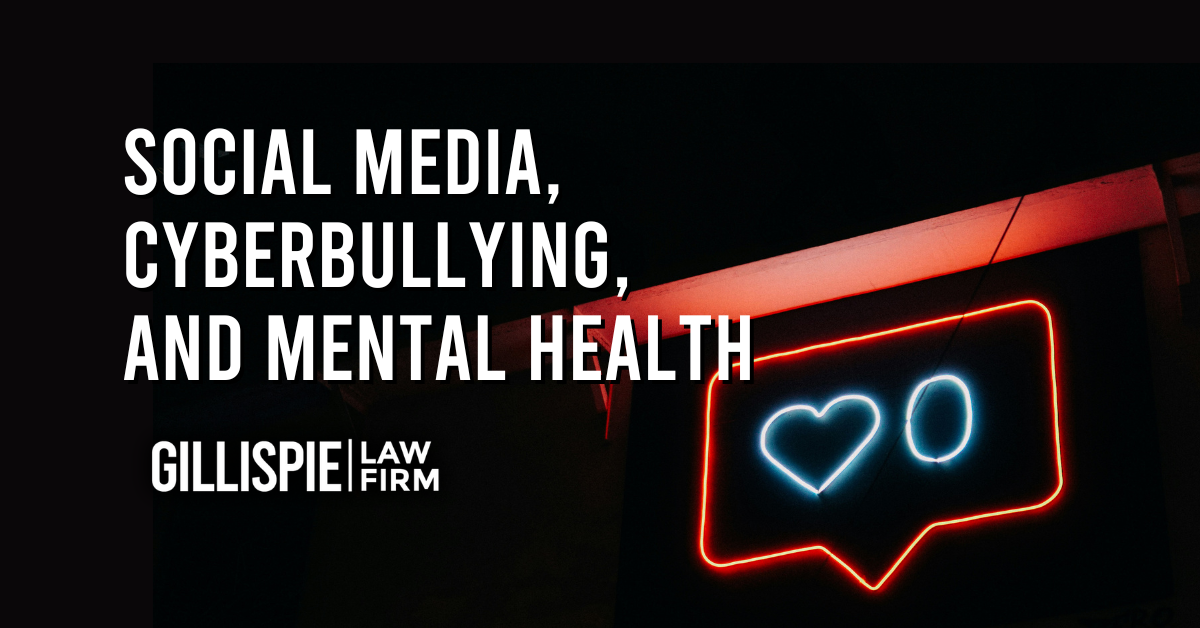Sexual Harassment in the Workplace
Harassment in the workplace comes in many forms and happens more frequently than one might think. Sexual harassment is one of the more common forms of harassment in today’s world. Your place of employment is where you should feel welcomed and safe. Sadly, however, that is all too often not the case.
Title VII of the Civil Rights Act of 1964 prohibits behavior that constitutes sexual harassment. This law applies to employers with 15 or more employees, as well as to labor organizations and the federal government.
What, exactly, is sexual harassment?
There are two types of sexual harassment outlined by Title VII: one is ‘quid pro quo’ and the other is ‘hostile work environment’.
In ‘quid pro quo’, it is the “if you do something for me, I’ll do something for you” of workplace sexual harassment. Typically, a higher-ranking employee (i.e. a manager, supervisor, owner, etc.) will ask a lower-ranking employee for sexual favors in exchange for raises, bonuses, or promotions. Whether or not the lower-ranking employee gives in to the demand, this remains illegal.
A ‘hostile work environment’ is when one employee, regardless of position, makes unwelcome sexual advances or demonstrates other unwanted sexual behaviors towards a coworker. In turn, those behaviors create an uncomfortable and toxic atmosphere that interferes with work. In some cases, a ‘quid pro quo’ situation can turn into a ‘hostile work environment’ situation if the victim refuses the initial exchange.
Examples of ‘hostile work environment’ sexual harassment
- Displaying sexual content such as pornography in the workplace
- Making jokes, gestures, or comments of a sexual nature
- Showing, sending, or requesting sexual notes, emails, or photos
- Asking intrusive questions about your sex life
- Intentionally exposing oneself to another employee
Overall, the scope for sexual harassment is large and is reviewed on a case-by-case basis. Not every isolated incident is grounds to sue for sexual harassment. However, if you feel victimized, you need to keep records of the incidents. This can be videos, emails, text messages, or reports made to others that go unheeded. Also, retain copies of your workplace’s harassment policy.
Remember, sexual harassment is illegal. Whether it’s physical or verbal; explicit or implied.
What to do if you’re being sexually harassed in the workplace
First, speak to an attorney who is experienced and knowledgeable in this area of practice. Their guidance during what is an already upsetting and stressful time can be invaluable. Next, they can assist in filing a complaint, a very technical and complex document, with the U.S. Equal Employment Opportunity Commission (EEOC). After the EEOC reviews the complaint, it will issue a Notice of Right to Sue. Once you have the Notice, your attorney will be able to file a civil lawsuit against your employer.
There is no time to waste – there are specific time limits for these complaints to be filed, and that time limit is dependent on the specifics of your situation.
The attorneys at Gillispie Law Firm are ready to help and can guide you through this convoluted and emotionally draining process. If you’re experiencing sexual harassment, call us today for a free consultation.



